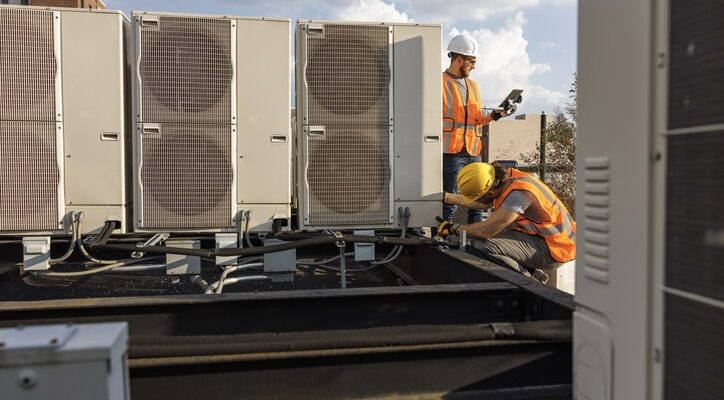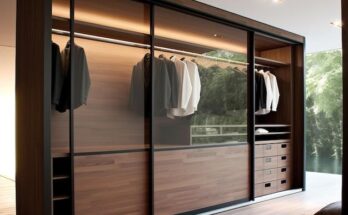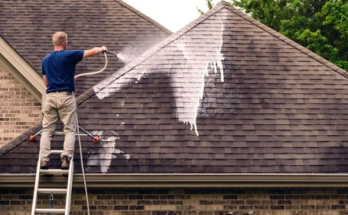Heating, ventilation, and air conditioning (HVAC) systems deteriorate with time, decreasing their efficiency. When the efficiency of your HVAC system declines, it will need more and more energy to do the same tasks. If this happens, you’ll probably see a rise in your electricity bill each month. Although it would seem obvious that the machinery has to be updated, this may not be the case.
What Does It Mean For Something To Be Retrofitted?
It shouldn’t come as much of a surprise that the price tag for updating an HVAC system might be rather expensive. A lack of planning for the process might significantly impact business as usual. Fortunately, through an hvac retrofit you may avoid the total cost of replacement. Instead of completely rebuilding the HVAC system, “retrofitting” involves optimizing the current setup by adding new parts that boost its efficiency. There are a number of potential benefits to retrofitting an existing HVAC system, the primary one being the avoidance of an expensive system replacement.
Retrofitting’s Benefits for the Home or Business
What are some of the additional benefits of retrofitting, other from the obvious financial one that comes from avoiding a full replacement?
Lessening the Price of Energy
The end effect of an equipment retrofit is lower monthly energy costs, since this is the stated goal of the renovation project. Environment + Efficiency Leader estimates that a business might reduce its yearly energy costs by 25–35 percent by implementing efficiency retrofit.
The Best Way to Unwind
Optimized systems often have more consistent temperatures and humidity levels across the whole structure, as compared to less efficient ones.
Increased Life Expectancy
There is a ten- to twenty-year window in which all HVAC systems are expected to function at peak efficiency. If your gadget is already rather old, a refit may extend its useful life by a few years. In the form of rebates, several utility companies provide financial incentives to businesses that make energy-saving renovations. Therefore, before beginning, check in with the company that delivers your utilities. If they provide rebates, your return on investment will come much more swiftly.
Is It Reasonable To Think About Implementing Your System?
In cases when a retrofit won’t help, such when your HVAC system is on its last legs, it’s best to wait until the system is replaced. You could have a refit in this case, but you’ll probably need to get it serviced again within a year or two. If you’re considering having the retrofitting service performed, you should first make sure it’s a good fit. Here is a breakdown of some of the symptoms to look out for:
This Ailment
In order to function properly, your HVAC system has to be in acceptable shape. If you have kept up with normal maintenance, it counts as an additional plus.
Size
Air conditioning and heating systems that are bigger in size are often better candidates for retrofitting.
Use
The more your company depends on its HVAC system, the more you may save by upgrading to more energy efficient models.
Time of Utilization
You will obtain a better return on investment if you keep your current heating, cooling, and ventilation system in place for at least another 18 months.
Conclusion
Since retrofitting entails swapping out parts of your equipment, you’ll have a lot of leeway in deciding which pieces to upgrade. But which parts of the system you may change depends on the HVAC equipment you already have.




